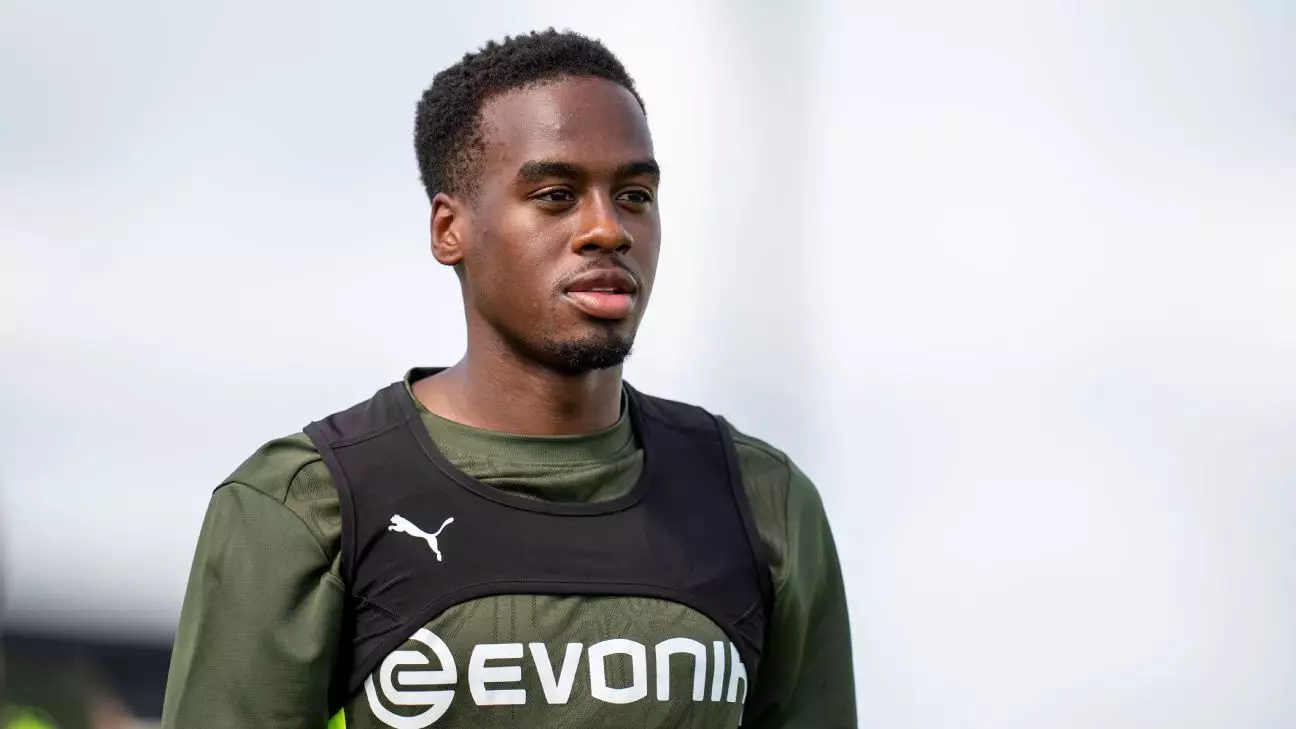Chelsea’s recent agreement to acquire Jamie Gittens marks a significant step toward revitalizing their attacking options. The London-based club has shown a willingness to invest heavily in young talent, signaling a shift in their long-term strategy. Gittens, a dynamic winger with considerable promise, offers not only skill and pace but also an influx of youthful energy that Chelsea desperately needs to invigorate their front line. This deal underscores their confidence in blending experienced players with emerging talents, aiming to craft a more vibrant, unpredictable attack in the coming seasons.
A Calculated Investment in Long-Term Success
The reported €55 million (£55 million) transfer fee is a bold statement of intent. It reflects Chelsea’s readiness to invest heavily in youth, distinguishing themselves from teams that often prefer short-term fixes. Gittens, just 20 years old, represents a long-term project—someone who can be molded into a key player over the next several seasons. Seven years is a considerable commitment, highlighting the club’s faith in his potential, and possibly anticipating that he will grow into a cornerstone of their attacking lineup.
However, such a high valuation also raises concerns about immediate expectations. Chelsea must manage the pressure and development process carefully, ensuring Gittens adapts to the Premier League’s physicality and tactical demands. The club’s track record with young signings has often been a mixed bag; while some have flourished, others faltered under pressure. Like all investments in youth, this move is as much about patience as it is about ambition.
Development and Potential: A Reflection on Borussia Dortmund’s Role
Gittens’s journey from Manchester City’s youth ranks to Dortmund exemplifies a strategic pathway for nurturing talent. Borussia Dortmund’s reputation as a developmental powerhouse is reaffirmed through Gittens’s growth—evidenced by his impressive 17 goals in 107 appearances, especially a standout 12-goal season last year. The German club’s emphasis on giving young players significant playing time has clearly shaped Gittens into a well-rounded athlete capable of performing on bigger stages.
Yet, it’s crucial to recognize that Dortmund’s nurturing environment is fundamentally different from the Premier League’s high-octane, physically demanding style. Chelsea’s challenge will be to facilitate Gittens’s transition and capitalize on his technical abilities, creativity, and speed. The success of this transfer hinges on Chelsea’s capacity to provide a nurturing environment, combining tactical guidance with sufficient patience.
Contextual Significance in Chelsea’s Broader Strategy
The move also signals a pivotal period for Chelsea, who have been restructuring their squad after recent upheavals. Their decision not to convert Jadon Sancho’s loan into a permanent deal indicates a desire to recalibrate their attacking options with youth and potential rather than relying solely on established stars. Bringing in Gittens and other young players like Liam Delap and João Pedro suggests a calculated effort to build a versatile, long-term attacking corps.
It’s not just about filling gaps; it’s about fostering a new identity—one that emphasizes agility, unpredictability, and future potential. If Chelsea can successfully develop Gittens, it could become a defining feature of their ambitions, demonstrating a commitment to cultivating talent rather than just seeking immediate results. But this approach is inherently riskier, requiring meticulous coaching, strategic planning, and patience. Only time will tell if this gamble will pay off, but the boldness of the move is undeniably indicative of Chelsea’s renewed confidence and aspiration to reclaim their status among Europe’s elite.

Leave a Reply